12 Operator Skills of Bulldozer | Newcomers Must See
Bulldozers play an important role in construction sites, mines, agriculture, forestry, water conservancy and other fields. Many people think that bulldozers should be very easy to operate because they don’t have as many complex movements as excavators and graders. In fact, although the bulldozer is easy to operate, it needs to cope with all kinds of working conditions, and the driver needs to master a lot of operation skills.
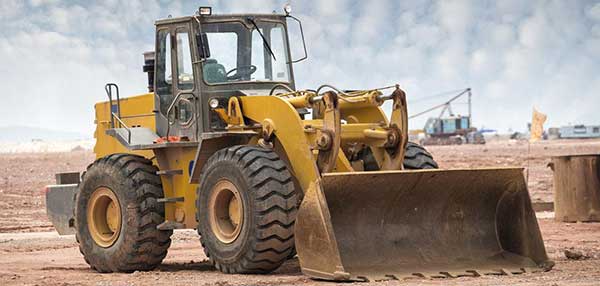
Mountain Working Scene
Tip 1: The slope of the longitudinal uphill push should not exceed 30 °. If the operation error causes the bulldozer to slip back and cause the engine to reverse and the air filter to smoke, the throttle control rod should be quickly pushed to the non-fuel injection position. Do not restart until you check and clean the air filter. When pushing the earth laterally on a slope with an angle of more than 25 °, the ground should be dug and filled first to keep the machine stable before operation is allowed to prevent the bulldozer from tipping over.
Tip 2: Push the earth near the mountain must grasp the principle of “high on the outside and low on the inside”, that is, it should be higher on the edge of the cliff and lower on the other side of the hillside, so as to ensure the safety of the machine. When unloading earthwork to the cliff, we should pay attention to timely deceleration, bulldozing shovel is not allowed to push the edge of the cliff. When reversing, you should first change into the reversing gear and raise the shovel after the bulldozer starts, so as to prevent the shovel from crushing the edge soil and causing slippage and overturning accident.
Wide Site Working Scene
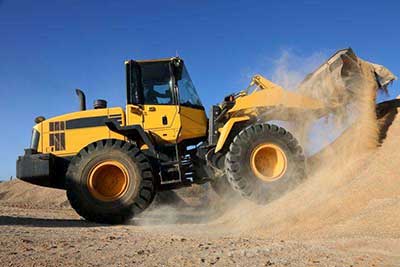
Tip 3: when the ordinary site is leveled, the area with a large height difference is leveled first, and then a small area is leveled out according to the elevation when the height difference of the whole area is less than ±20 cm, and then from this block, the shovel order is leveled, each time overlapping 30 to 40 cm, until the whole area is leveled.
The thickness of the bulldozer should not be too deep, and the medium speed should be maintained. If the bulldozer is not smooth, the depth of the shovel knife should be adjusted in time. When going backwards, you can drag the shovel knife on the ground and use floating soil to fill the small pit.
Tip 4: when the undulating ground is flat, the larger mounds protruding from the ground should be eradicated first, and the soil should be shoveled and sent to low-lying places to be unloaded as far as possible. Once the wavy ground appears, it should be flattened first, so that the bulldozer is parked smoothly, and then the wavy ground is flattened section by section, and then quickly leveled over a long distance.
If more than two bulldozers are working at the same time, the overlap of shovel knives should be controlled at about 20 cm; the speed of each machine should be consistent, and the retrograde route must be straight to avoid collision accidents.
Tip 5: when pushing hard soil, you should first adjust the bulldozer shovel knife to an inclined type, and then cut into the hard soil with an inclined blade to make the soil layer break a gap, and then gradually push off the soil layer along the break.
For the straight shovel bulldozer which can not adjust the angle of the shovel knife, you can first push some cushion soil and let one side of the crawler drive up, so that the bulldozer is in an inclined position of high on one side and low on the other, so that the shovel head can easily cut into the hard soil.
Tip 6: push the stone in a good direction and push it from high to low. At first, the throttle should not be too big. Only after the stone is loosened can you increase the throttle to push the stone away.
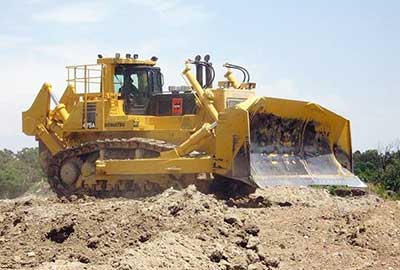
Tip 7: When removing the buried stone, you can first use the inclined edge angle to push off the surrounding soil, and then use the shovel to pry (if the pry does not move, you should continue to push the soil around the stone). After prying loose, you can put down the shovel knife and push the stone. At the same time, the stone can be pushed out.
Tip 8: When pushing a group of stones, you can start from the edge of the stone pile and remove them one by one in order until they are finished. If you encounter a larger stone, you can first remove the small stones around it to reduce operational resistance, and finally pry the big stone loose and push it away.
Tip 9: For the stone slag or pebbles stacked on the ground, the shovel knife should be pushed close to the ground, and the track should also touch the ground as far as possible. If there is more stone slag, the bulldozer can start from the edge of the stone slag pile and gradually push to the center of the stone slag pile until the stone slag is removed.
When pushing stone slag in a tunnel or underground cavern project, a road should be cleared at the edge, and then the slag should be pushed out of the cave from the edge to the middle.

Road Working Scene
Tip 10: For the roadbed that is not dug or filled, you can first remove sundries from the road, and then shovel a thin layer of floating soil on both sides of the road to push the soil onto the roadbed.
For the filling roadbed, the soil should be taken on one side or both sides of the roadbed and transported to the center of the roadbed, and the flat unloading method should be adopted when unloading, that is, the soil should be laid on the road surface during the journey, and the thickness of each layer should not exceed 30 cm.
When the height of the roadbed exceeds 1m of the height of the soil extraction site, a soil slope with an angle not more than 20° should be built on the edge of the roadbed to facilitate the slope unloading on the bulldozer.
Tip 11: when digging out the trench roadbed below the ground on the protruding stratum, in order to ensure safety, first push down from the high place, the slope angle and center on both sides drop at the same time, pay attention to the blade angle slightly away from the foot of the slope to prevent the slope from being damaged.
The excavation cutting should have a certain drainage slope to prevent stagnant water collapse, and the cutting depth is generally less than 2 m, so as to avoid pushing and digging too deep, causing the slope to collapse and smashing the machine.
Tip 12: when pushing dirt in muddy areas, the machine is easy to fall, so the amount of each shovel should not be too large. Try to avoid stopping, shifting gears, turning and braking on the way.
If the track slips, the shovel knife can be properly raised to reduce the amount of bulldozing, and if the bulldozer still can not move forward, it can be put into reverse gear and back. Do not lift the shovel knife at this time, lest the front part of the bulldozer will lean forward due to excessive force.
Choose different operation skills under different working conditions, so as to improve work efficiency.
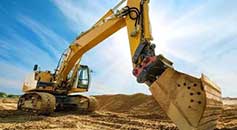 9 Skills & 9 Taboos In Excavator Daily Maintenance
9 Skills & 9 Taboos In Excavator Daily Maintenance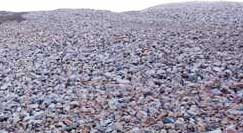 Industrial Solid Waste Recycling [ Slag ]
Industrial Solid Waste Recycling [ Slag ]



